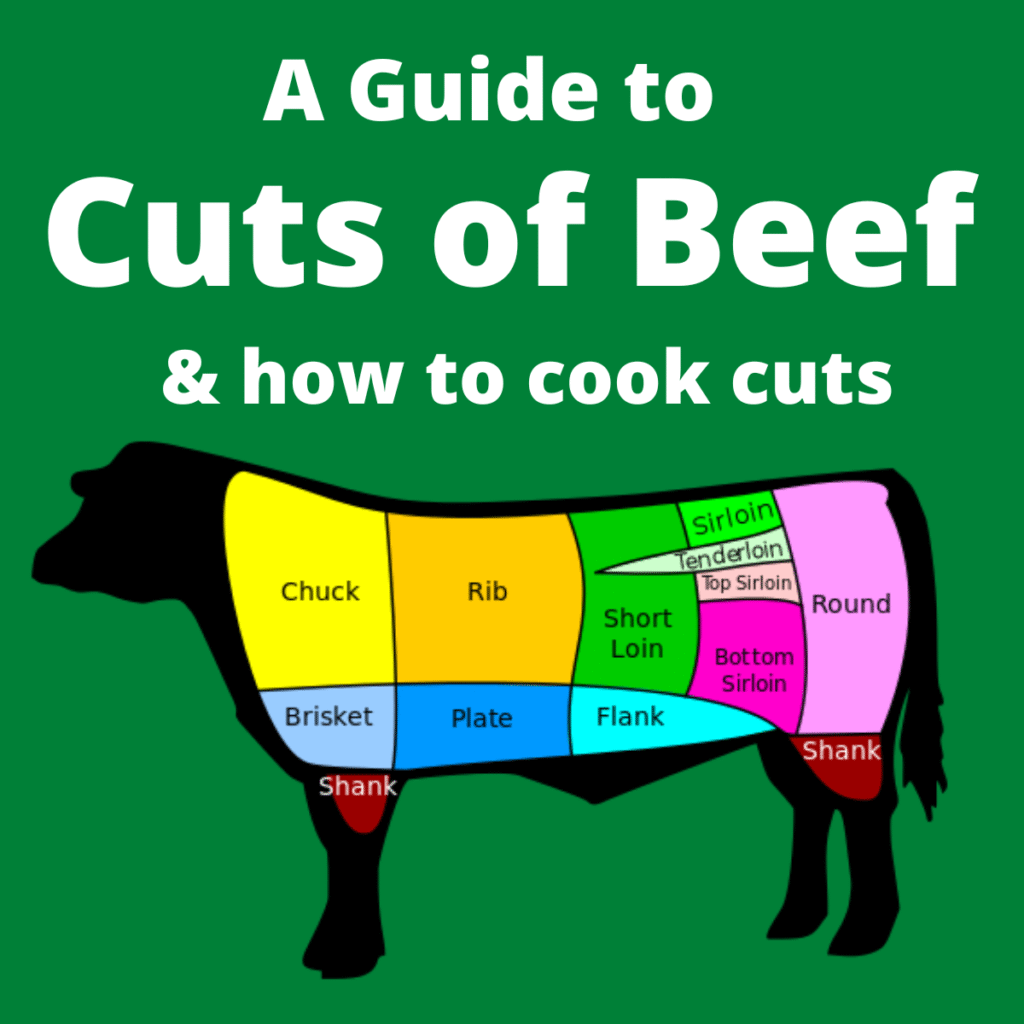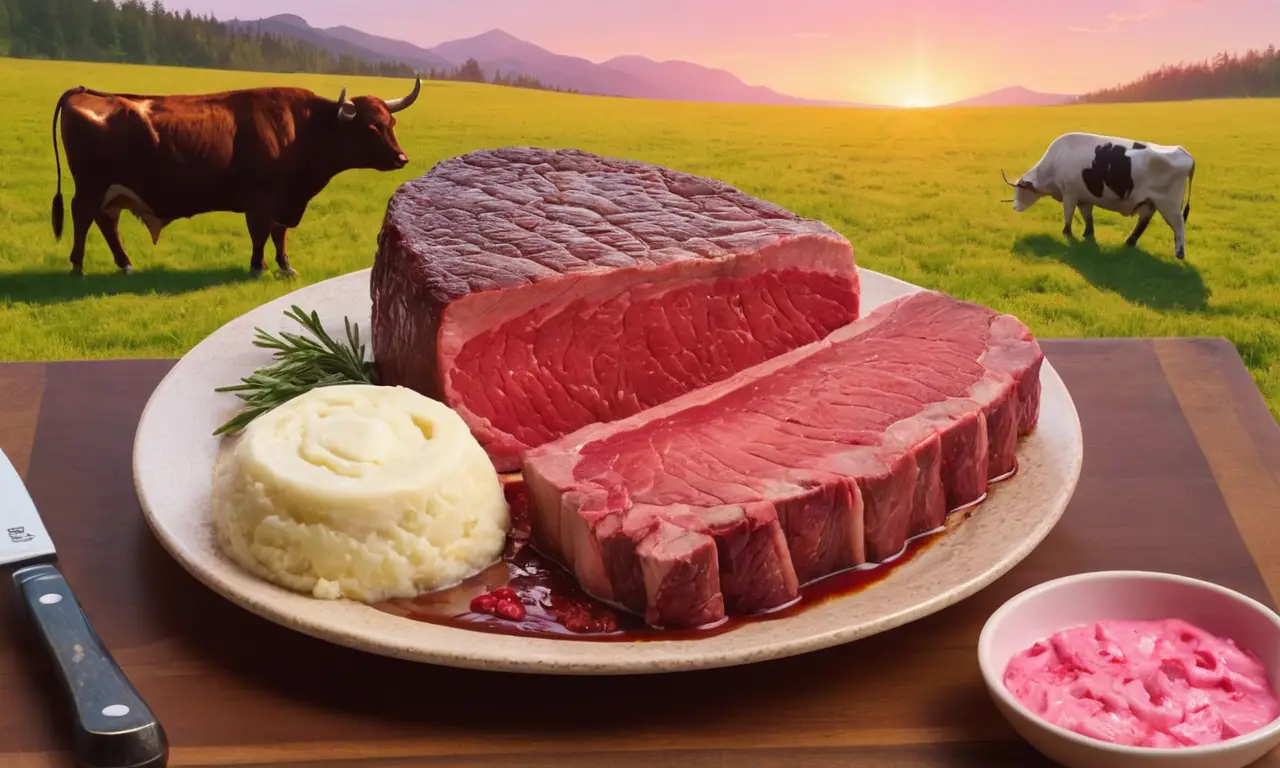
The world of meat consumption is diverse, encompassing a wide range of animals and cultural practices. While beef, derived from cattle, is a staple in many diets, the term “bull” often sparks curiosity. Do you eat bulls? This article delves into the specifics of bull meat, exploring its characteristics, differences from beef, and the reasons behind its less common consumption.
This exploration will cover the definition of bull meat, distinguish it from beef, analyze the factors contributing to its rarity, examine cultural perspectives on its consumption, and ultimately provide a comprehensive understanding of this often-misunderstood meat source.
What Is Bull Meat?
Bull meat refers to the flesh of a male bovine animal specifically raised for breeding purposes rather than as a primary source of food. Bulls are typically larger and heavier than steers or cows used for beef production. Their muscle structure and fat content can vary depending on breed, age, and diet.
While bull meat shares similarities with beef in terms of its nutritional profile, it often possesses a stronger, gamier flavor due to the higher levels of testosterone present in bulls. This distinct taste can be appealing to some palates but may not be as widely accepted as the milder flavor of conventional beef.
The texture of bull meat can also differ from beef. Bulls tend to have tougher, more fibrous muscle tissue, which requires longer cooking times and specific preparation methods to achieve tenderness. This characteristic often necessitates slow-cooking techniques like braising or stewing to break down the connective tissues and enhance palatability.
Difference Between Beef and Bull Meat

Although both terms relate to cattle, there are key distinctions between beef and bull meat.
Beef encompasses the meat derived from various bovine animals, including steers (castrated males), cows, and heifers (young females). It is typically produced for commercial consumption and undergoes standardized processing methods to ensure consistency in flavor and texture.
Bull meat, on the other hand, originates specifically from mature male cattle used primarily for breeding purposes. Its production is less common and often involves smaller-scale operations or specialized farms catering to niche markets.
The primary difference lies in the animal’s purpose: beef is raised for meat production, while bulls are bred for their genetic traits and reproductive capabilities. This distinction influences both the flavor profile and the overall culinary experience associated with each type of meat.
Why Is Bull Meat Less Common?
Several factors contribute to the less common consumption of bull meat compared to beef.
One significant reason is the inherent nature of bull breeding. Bulls are typically raised for their genetic value and reproductive prowess, making them valuable assets within agricultural systems. Their primary purpose is not meat production, leading to a smaller supply available for human consumption.
Furthermore, the tougher texture and gamier flavor of bull meat can present challenges for consumers accustomed to the milder taste and tenderness of conventional beef. This characteristic often necessitates specific cooking techniques and preparation methods to enhance palatability, potentially deterring some individuals from exploring this alternative meat source.
Cultural preferences also play a role in shaping consumption patterns. In many regions, beef has become deeply ingrained in culinary traditions and dietary habits, leading to a higher demand for conventionally raised cattle. Bull meat, with its less familiar flavor profile and tougher texture, may not readily integrate into established culinary practices.
Cultural Consumption of Bull Meat

Despite its relative rarity, bull meat holds significance within certain cultures and communities worldwide.
In some parts of Europe, particularly in Spain and Portugal, bull meat is consumed as a delicacy, often prepared using traditional recipes that highlight its unique flavor. The Iberian Peninsula has a long history of bullfighting, which has also influenced the cultural perception of bull meat as a symbol of strength and masculinity.
Similarly, in certain regions of Asia, bull meat is incorporated into local cuisines, reflecting diverse culinary traditions and preferences. The availability and consumption patterns vary depending on regional customs and agricultural practices.
Conclusion
While can you eat bull? The answer is yes, but its consumption remains less prevalent compared to beef due to factors such as breeding practices, flavor profile, cultural norms, and culinary traditions.
Bull meat offers a unique culinary experience with its distinct gamier taste and tougher texture, appealing to adventurous palates seeking alternative protein sources. However, its relative rarity and specific preparation requirements may limit its widespread adoption in mainstream markets.
